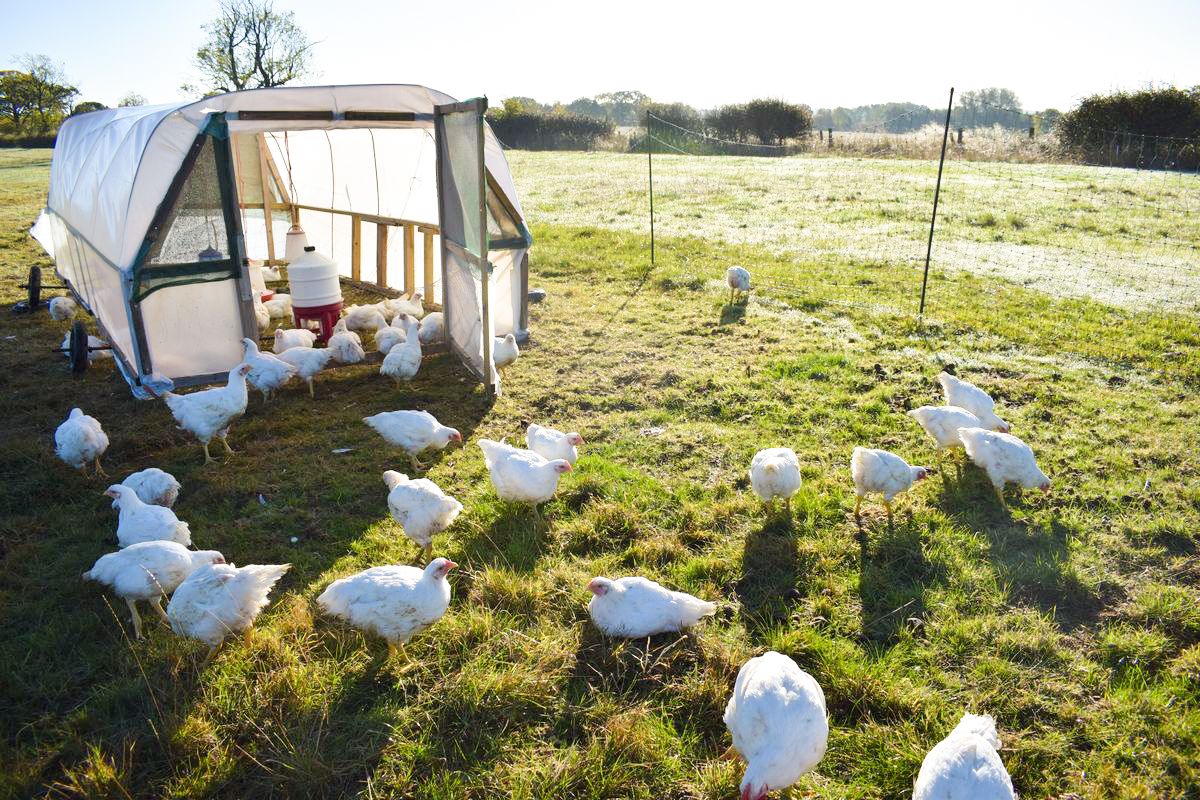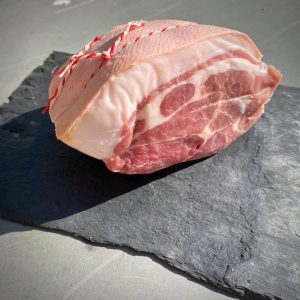Recipe: Chicken feet bone broth
Ingredients:
- 1 kg chicken feet, cleaned and trimmed
- 2 carrots, chopped
- 2 celery stalks, chopped
- 1 onion, quartered
- 4 cloves garlic, smashed
- 2 bay leaves
- 1 tablespoon apple cider vinegar
- 1 teaspoon black peppercorns
- Salt to taste
- Water
Instructions:
- Prepare the chicken feet:
- Clean and trim the chicken feet by removing any nails and outer skin if necessary. Rinse thoroughly under cold water.
- Blanch the chicken Feet:
- Place the chicken feet in a large pot and cover with water. Bring to a boil and let them blanch for 5 minutes. Drain and rinse the chicken feet to remove impurities.
- Combine ingredients:
- In a large stockpot, add the blanched chicken feet, carrots, celery, onion, garlic, bay leaves, apple cider vinegar, and black peppercorns.
- Add water:
- Pour enough water to cover all the ingredients by about 2 inches.
- Simmer:
- Bring the mixture to a boil, then reduce the heat to a gentle simmer. Let it simmer for 12-24 hours. The longer it simmers, the more nutrients and collagen will be extracted from the chicken feet.
- Strain the broth:
- After simmering, strain the broth through a fine-mesh sieve or cheesecloth into a large bowl or another pot. Discard the solids.
- Season and store:
- Season the broth with salt to taste. Let it cool to room temperature, then store in airtight containers in the refrigerator for up to a week or freeze for longer storage.
Serving suggestions:
- Enjoy the bone broth as a warm, nourishing drink.
- Use it as a base for soups, stews, and sauces.
- Add it to your favourite recipes for an extra boost of flavour and nutrition.
This chicken feet bone broth is rich in collagen and essential nutrients, making it a perfect addition to your diet for improved skin, joint, and bone health. Enjoy!







Reviews
There are no reviews yet.